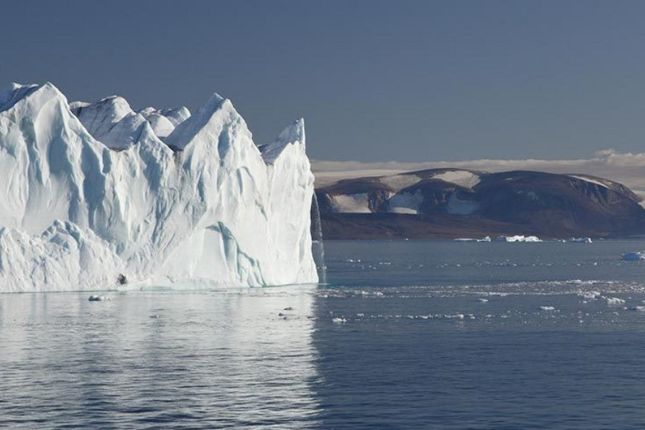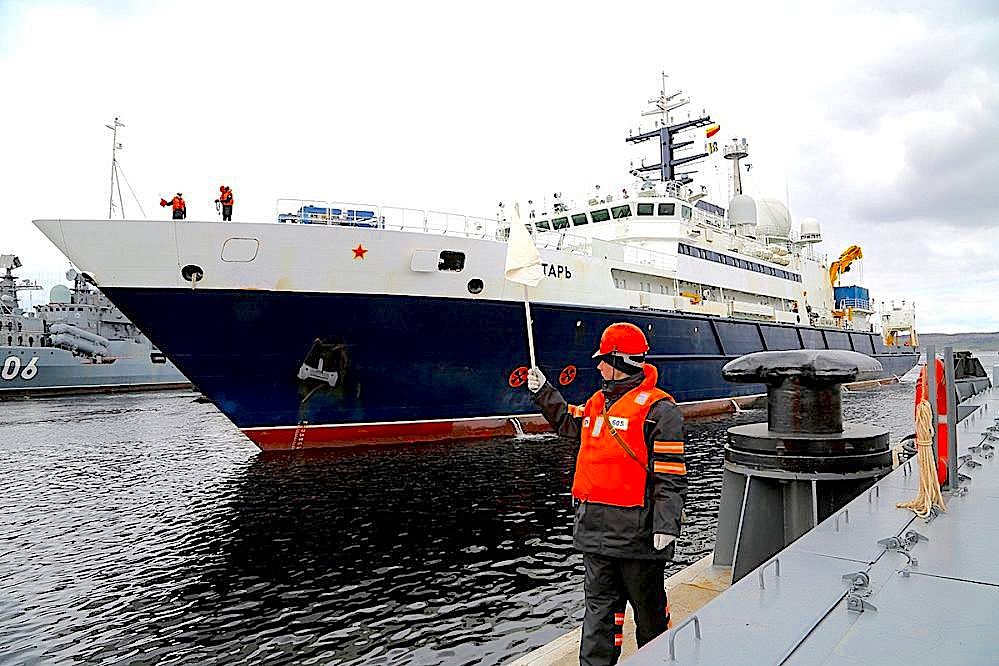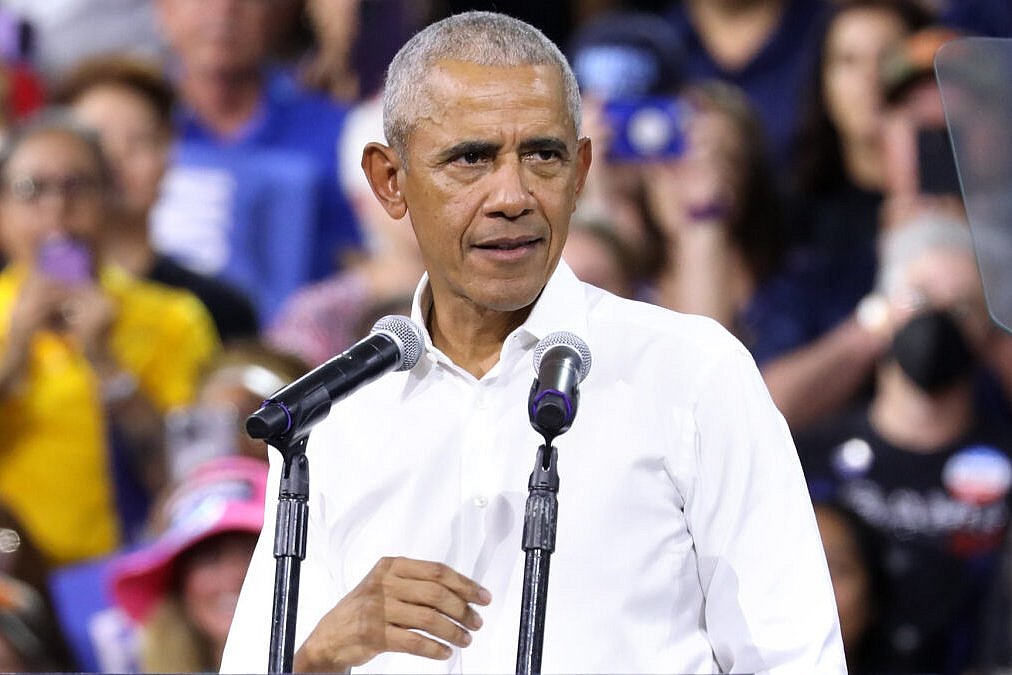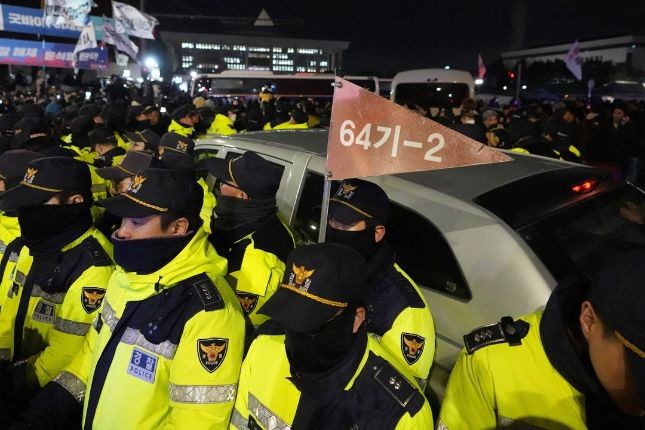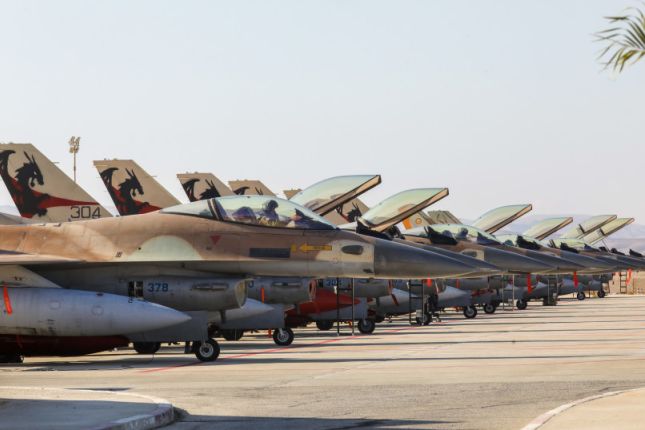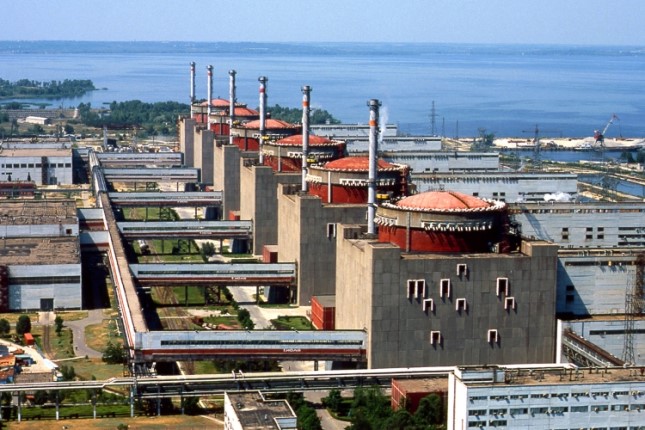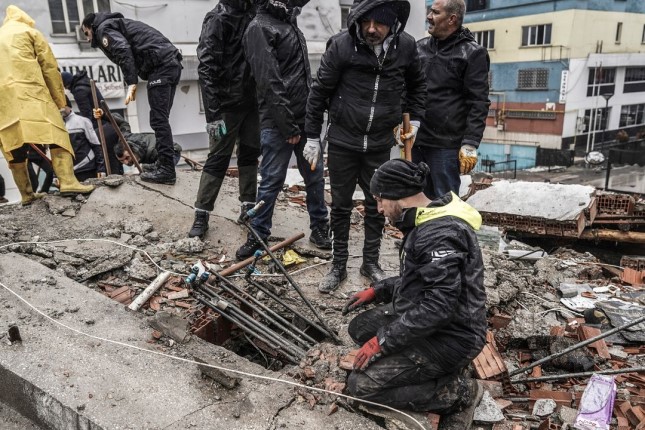On Tuesday, the Pentagon released a new strategy for the Arctic that called for an increased US military presence in the region to confront Russia and China.
The Pentagon said the Arctic is increasingly becoming an area of “strategic competition,” and the strategy outlines a plan to “enhance” US military capabilities in the region and conduct military exercises, including those with NATO allies.
With Sweden and Finland joining NATO, all Arctic countries are now members of the alliance except for Russia, which has the largest Arctic coastline.
“The accession of new NATO Allies and the strengthening of the alliance opens strategic opportunities and supports critical objectives in the [2022 National Strategy for the Arctic Region]. The Arctic serves as an avenue for power projection to Europe and is vital to the defense of Atlantic sea lines of communication between North America and Europe,” the strategy reads.
While China is not an Arctic nation, the strategy spends a lot of time on Beijing and accuses the country of “attempting to leverage changing dynamics in the Arctic to pursue greater influence and access, take advantage of Arctic resources, and play a larger role in regional governance.”
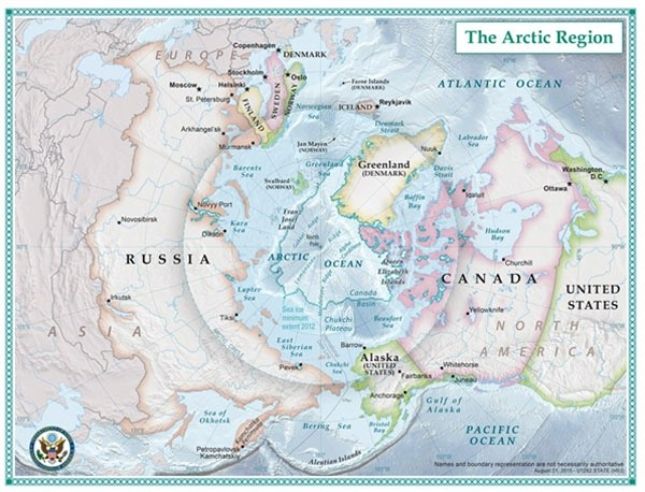
State Department map of the Arctic Region.
The strategy also warned that China and Russia are increasing their cooperation in the Arctic and said their activities have opened the door for a greater Chinese presence in the region.
In a press conference announcing the strategy, Deputy Secretary of Defense Kathleen Hicks said the Chinese activity was concerning to the US “given that it’s the only strategic competitor with the will and increasingly the wherewithal to remake the international order.”
Her comments and the strategy reflect the Pentagon’s view that China is the most significant “threat” facing the US, with Russia coming in second.
The new strategy came after Russia said that it intercepted two American B-52 bombers near its territorial border over the Barents Sea in the Arctic. Such incidents will likely become more common as the US and NATO are planning to increase military patrols in the region, which will add to the ever-growing tensions with Russia.
Source: AntiWar,
